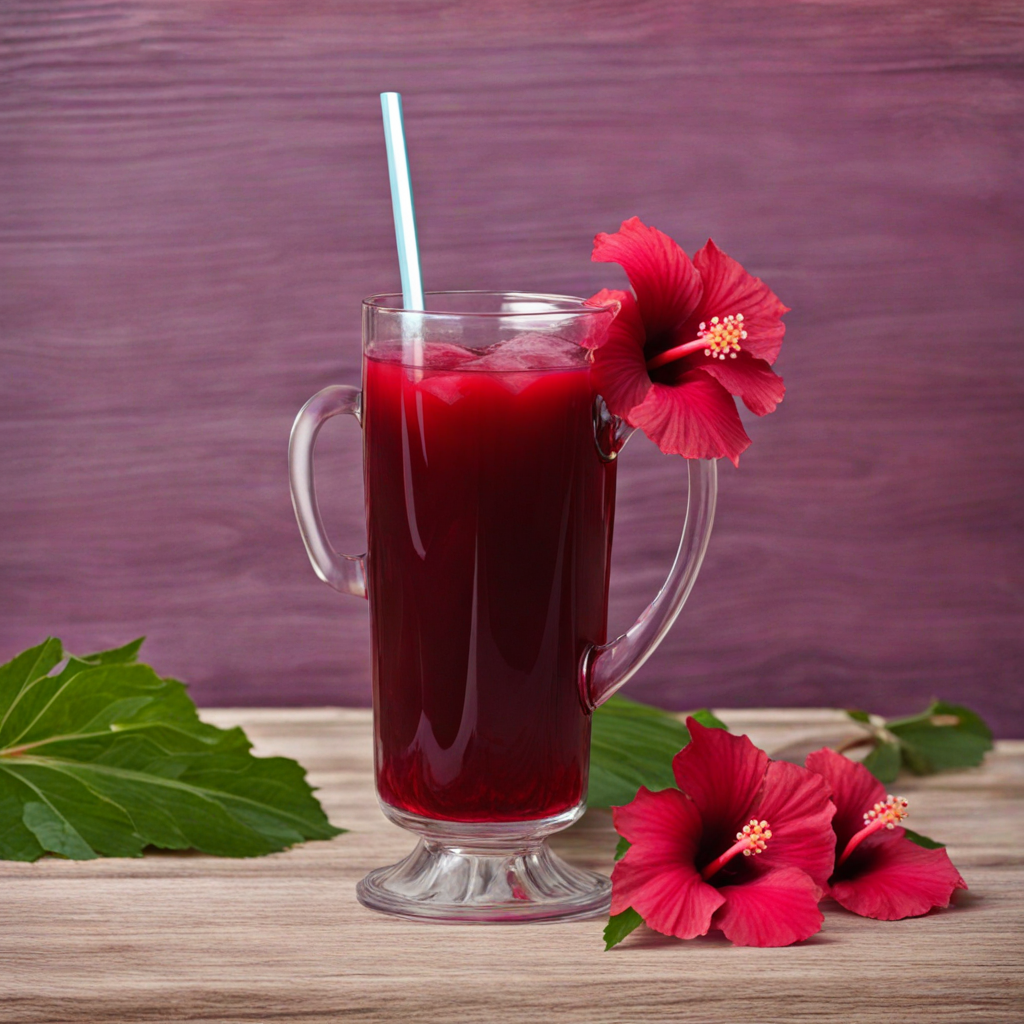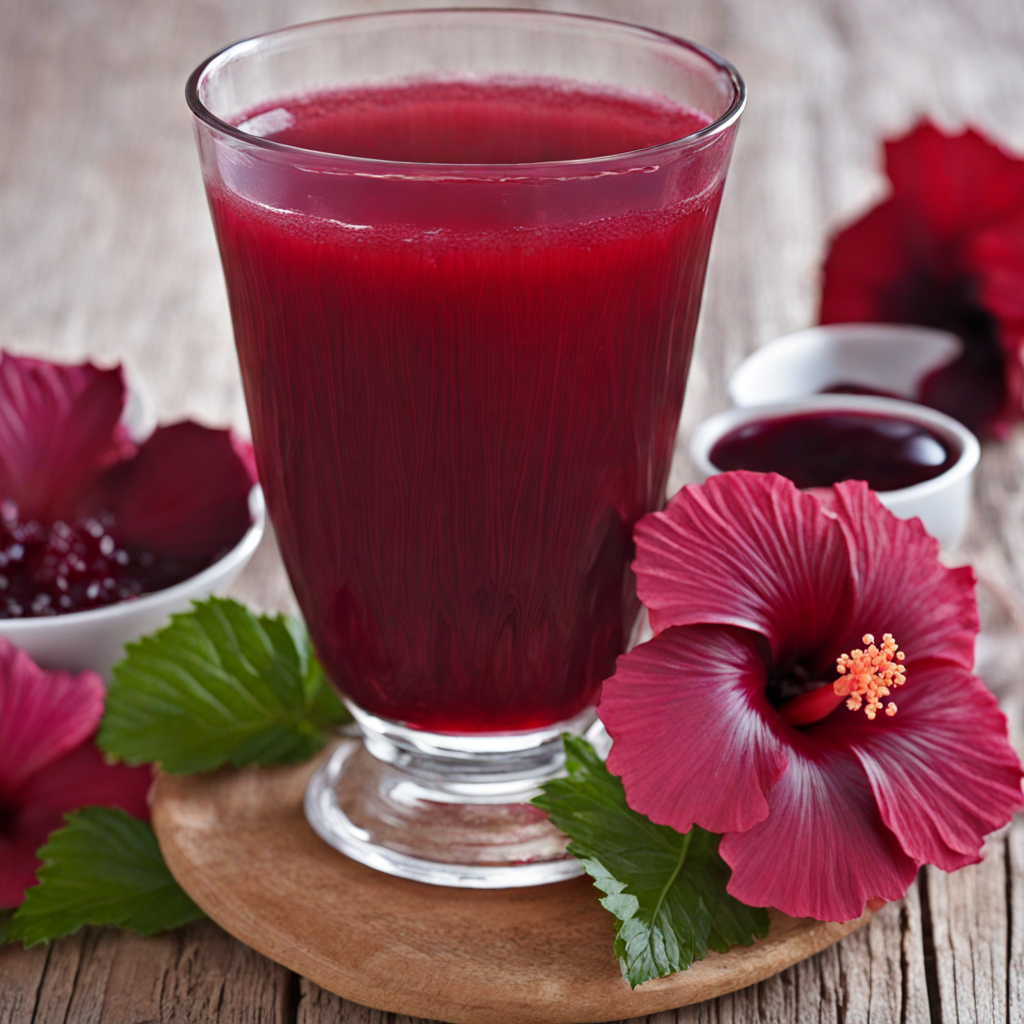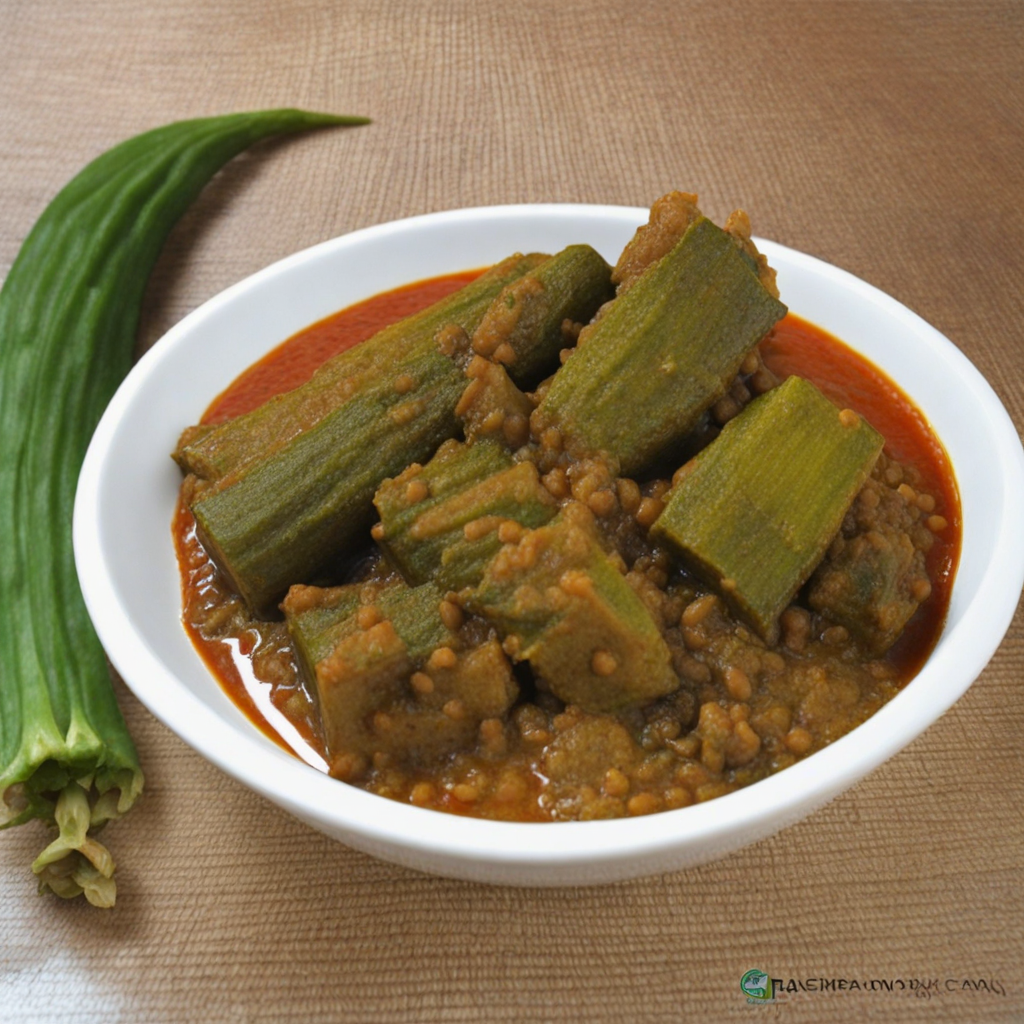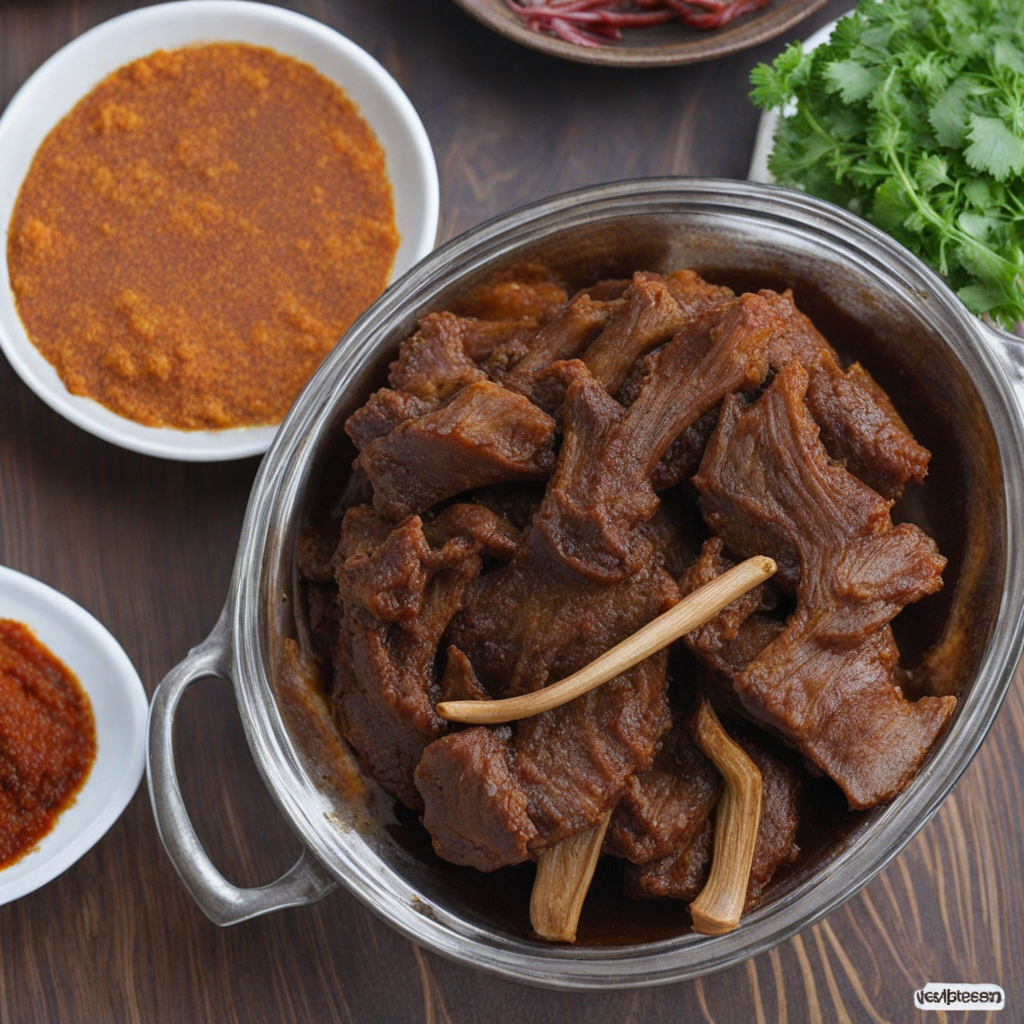Hibiscus Juice
Hibiscus juice, known locally as "Zobo," is a vibrant and refreshing beverage that embodies the rich culinary heritage of Niger. Made from the dried calyces of the hibiscus flower, this drink showcases a deep ruby-red color that immediately captivates the eye. The preparation involves steeping the dried flowers in hot water, which extracts their natural tartness and vibrant hue. Once brewed, the juice is traditionally sweetened with sugar or honey and often flavored with spices such as ginger or mint, adding layers of complexity to its taste profile. The flavor of hibiscus juice is a delightful balance of tart and sweet, reminiscent of cranberries with a hint of fruity notes. Its refreshing acidity makes it an ideal thirst quencher, especially in the hot climate of Niger. Some variations may include additional ingredients like pineapple or lime, enhancing its tropical essence and providing a delightful twist. The drink is not only delicious but also boasts numerous health benefits, including high levels of antioxidants and potential cooling properties, making it a popular choice among locals. Served chilled over ice, hibiscus juice is often enjoyed during social gatherings and celebrations, embodying the spirit of community and hospitality in Niger. Its striking appearance and invigorating taste make it a perfect accompaniment to spicy dishes, offering a refreshing contrast that soothes the palate. Whether enjoyed at a local market or made at home, hibiscus juice is a must-try for anyone seeking to explore the diverse flavors of Niger.
How It Became This Dish
Bissap: A Cultural and Historical Journey through Niger Bissap, a vibrant and refreshing drink made primarily from the dried calyces of the hibiscus flower, has become a staple in many West African countries, especially in Niger. This intriguing beverage is not just a drink; it embodies the rich cultural tapestry and historical narratives of the region. Its origins, cultural significance, and evolution over time reveal a deep connection between the people and their heritage. #### Origins of Bissap The history of Bissap is closely tied to the hibiscus plant, which is botanically known as Hibiscus sabdariffa. Indigenous to West Africa, hibiscus has been cultivated for centuries, both for its culinary uses and its medicinal properties. The drink itself is believed to have originated in the Senegambia region, where it was traditionally prepared by steeping the dried calyces in water, often sweetened with sugar or honey and flavored with mint, ginger, or other spices. As trade routes developed across West Africa, the popularity of Bissap spread from its place of origin to neighboring countries, including Niger. The drink became a common refreshment among various ethnic groups, each adding their own unique twist to the recipe, influenced by local tastes and available ingredients. The adaptability of Bissap allowed it to thrive in diverse culinary traditions, making it a beloved beverage across the region. #### Cultural Significance Bissap holds a significant place in the cultural practices of Niger and other West African nations. It is often served during celebrations, family gatherings, and religious events, symbolizing hospitality and community. The drink is particularly popular during Ramadan, where it is enjoyed after fasting. Its bright red color is not just visually appealing but is also associated with joy and festivity, making it a perfect accompaniment for special occasions. In many West African cultures, Bissap is more than just a drink; it serves as a focal point for social interaction. Sharing a glass of Bissap can foster connections, bridging generational and cultural divides as families and friends gather to enjoy the beverage. It is common to see Bissap vendors in markets and on street corners, where the drink is prepared fresh, creating a communal atmosphere as people come together to enjoy this refreshing elixir. Moreover, Bissap is often associated with health benefits. The hibiscus flower is rich in antioxidants and vitamins, believed to aid in digestion, lower blood pressure, and provide other health advantages. This has led to its incorporation in various traditional medicine practices, further solidifying its status as a nourishing drink within the community. #### Development Over Time As Bissap gained popularity throughout Niger and beyond, its preparation and consumption began to evolve. Traditional methods of making Bissap involved labor-intensive processes, including drying the hibiscus flowers, steeping them in water, and then straining the liquid. However, with modernization and the influence of global culinary trends, the preparation of Bissap has seen some changes. In urban areas, for instance, the availability of pre-packaged hibiscus tea has made it easier for people to enjoy Bissap without the need for extensive preparation. This convenience has led to a surge in its consumption, especially among younger generations who may not be as familiar with traditional methods. Nevertheless, many still prefer the artisanal approach, valuing the connection to their cultural heritage and the rich flavors that come from using fresh ingredients. In recent years, there has been a growing interest in promoting Bissap on a global scale. Food festivals, cultural events, and culinary competitions have spotlighted this unique beverage, allowing it to penetrate international markets. Chefs and culinary enthusiasts have started experimenting with Bissap, incorporating it into cocktails, desserts, and even savory dishes, showcasing its versatility beyond the traditional drink. The rise of social media has also played a pivotal role in elevating the profile of Bissap. Influencers and food bloggers from Niger and other countries have shared their recipes and experiences with the drink, sparking curiosity and appreciation among a global audience. This has led to a renewed sense of pride among locals, as they see their traditional beverage gaining recognition and respect in the culinary world. #### Challenges and Preservation Despite its growing popularity, Bissap faces challenges that threaten its traditional preparation methods and cultural significance. Globalization and urbanization have contributed to a shift in dietary habits, with younger generations gravitating towards processed and convenience foods. This trend raises concerns about the preservation of traditional recipes and practices, as the art of making Bissap may be lost over time. However, initiatives aimed at preserving culinary heritage are emerging. Organizations and community groups in Niger are working to promote traditional food practices, emphasizing the importance of Bissap as a cultural symbol. Workshops that teach young people how to prepare Bissap and other traditional dishes are being organized, ensuring that the knowledge and skills are passed down through generations. Furthermore, the global interest in sustainable and local food systems has provided an opportunity for Bissap to thrive. As consumers become more conscious of their food choices, there is a growing appreciation for locally sourced ingredients and traditional preparation methods. This shift can help revitalize interest in Bissap and other traditional foods, allowing them to coexist with modern culinary trends. #### Conclusion Bissap is more than just a drink; it is a vibrant representation of Niger's cultural identity and historical richness. From its origins in the hibiscus fields of West Africa to its place in modern culinary discussions, Bissap has evolved while retaining its significance as a symbol of community, hospitality, and health. As it continues to adapt to changing times, the challenge remains to preserve the essence of this beloved beverage, ensuring that future generations can enjoy not only its refreshing taste but also its deep-rooted connection to their heritage. In celebrating Bissap, we celebrate the resilience of culture and the importance of community in a rapidly changing world.
You may like
Discover local flavors from Niger







